During Fall Semester, 2015, University of Utah graduate students in SPAN6900-2 Analyzing Texts: Form and Content visited Rare Books. During the third and final session with Rare Books, the students were introduced to late 20th century/early 21st century fine press and artists’ books. The session ended with the premiere viewing of our copy of DOC/UNDOC Documentado/Undocumented Ars Shamánica Performática, purchased in September. Student response was so strong that managing curator Luise Poulton, in her typical over-enthusiastic way, exclaimed, “You should post your thoughts on Open Book!” Prof. Isabel Dulfano, in her own enthusiastic way, immediately took up the suggestion and made this a new assignment, right then and there. Bless the beleaguered grad students! Rare Books is pleased to present these responses.
From Sam DeMonja
This is a brief analysis of DOC/UNDOC Documentado/Undocumented Ars Shamánica Performática, published in 2014, by Moving Parts Press. Our class had the opportunity to explore a variety of printed works. Each book carried with it a unique style and background. Many of these books transcended the traditional concept of bookmaking to create works of art.
One such work of art our class viewed is DOC/UNDOC Documentado/Undocumented Ars Shamánica Performática produced by Guillermo Gomez Peña, Jennifer González and Felicia Rice. At first glance, this piece is nothing more than an indiscriminate collection of bric-a-brac thrust into a secondhand gun safe and pronounced “book art” by its creators and curators. This work takes a sizable step away from the paradigmatic, Eurocentric style of bookmaking. This book has obvious roots in both the Fluxus and Gesamtkunstwerk artistic styles wherein books are made to be interactive, exploratory, and incorporate a variety of media (Backstory). All books are interactive, but this piece engages the reader, or participant, through audio, tactile, visual, and olfactory components. Gomez Peña states the piece’s “interactive dimension may be its main contribution to the field of experimental book art, or rather ‘performative book art’” (DOC/UNDOC).
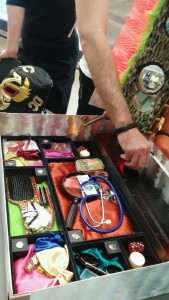
The reader, to whom I will refer as one who interacts with this “book” from here on, may push buttons and turn knobs to hear commentary on the various items contained therein. Upon pushing these buttons, the reader hears Gomez Peña’s voice providing supplemental musings regarding each object in the box. The box contains mirrors surrounded by lights, in front of which the reader is encouraged by, Gomez Peña’s recorded utterances, to try on various wearable items such a stethoscope, sunglasses, and makeup.
The “book” is accompanied by videos of Gomez Peña’s provocative performance art. The reader sees Gomez Peña pretend to wield a loaded gun, cut his tongue and ears with scissors, place a hot iron on his chest, and make unintelligible sounds with a mouth full of ink which, according to Gomez Peña, sent him to the hospital. The piece also contains printed material with poetry arranged in a fresh format. The reader must scrupulously follow each word in each poem, as the preceding and succeeding words may be arranged in unusual, wave-like, patterns. There are a total of 15 printed monologues that are lyrical in nature and even contain acotaciones, or stage directions, to ensure each is read according to Gomez Peña’s penchant for performance art.
It is one thing to simply describe this piece, and it is quite another endeavor to try to explain what the piece means. The full title, DOC/UNDOC Documentado/Undocumented Ars Shamánica Performática, urges the reader to think about what it means to be documentado in Spanish and what is meant by the term “undocumented” in the U.S. The word “undocumented,” as it is used in the U.S., is politically charged and portrayed as inherently negative. The term is a symbol of racist stereotypes that robs immigrants of their true identity as members of the human family and is synonymous with powerlessness and a lack of human rights. In Gomez Peña’s poem, “What I chose not to do tonight,” the author states “when you cross the border it is as if your identity splits into two and one is permanently questioning the other” (What I chose not to do tonight). The text suggests that upon immigrating, one always possess two identities, an insider and an outsider, as both a documented citizen of one country and an undocumented citizen of another.
The author uses the terms colonial and colonized in his poems to explore this dichotomy of documented and undocumented identities. In one poem entitled “Flagrantly stupid acts of transgression,” the author describes giving an audience member a knife and asking her to cut his abdomen with it. The poem reads “’here… my colonized body,’ I said… and she went for it, inflicting on me my 45th scar, right her on my soul” (Flagrantly stupid acts of transgression). This speaks to the idea of being colonized by a dominant culture. The author insinuates that the U.S. harms immigrants through laws and economic dominance to maintain a distinction between the documented and undocumented.
This poem, and the entire piece, illustrates how undocumented persons are thought of as nameless, faceless, subjects of a colonial economy whose purpose is to suffer the misfortunes of supplying cheap labor to an empirical nation and not participate in it fully as citizens. Gomez Peña states that suffering, such as the suffering demonstrated in the poem, of migrants who “move from their proper place without documents is a direct consequence of a failed global project, but their suffering appears inconsequential. The fact that men, women, and children risk their lives by crossing the desert to escape violence and to make a few dollars to send back home remains insignificant” (On immigration 1). The interactive contents of this piece help to bring significance to the professedly insignificant acts of immigrants.
The objects in the case serve to give prominence to the seemingly unimportant objects that represent aspects of Hispanic/Latino life that contribute to the identity of the undocumented. There are hot sauce packets, Catholic trinkets of Virgins, a lucha libre mask, a colmillo de coyote, oils, obsidian stones, and countless other objects. Each object must carry some personal meaning to one or more person involved in the creation of the piece. These objects may have significance to a wide audience of Hispanic/Latino readers. This could serve to illustrate the fact that there are many parts of one’s life that go undocumented (Commentary). There are elements of identity and worth that are not recorded in the U.S. Citizenship and Immigration Services department.
The packaging of this piece is important also. It’s significant that so much content, such as videos, printed poems, artwork, reliquaries, sounds, tastes, and smells, are concealed within a relatively nondescript box. The box is metallic, cold, and has sharp corners and edges. The only writing on the exterior is: “Documentado Undocumented.” A parallel could be drawn between this and the lives of undocumented persons in the U.S. Labels are powerful in that they mask one’s true identity. Superficially, all that government, or law enforcement agencies, can perceive when they view the Hispanic/Latino population is whether or not they are legal citizens. In actuality, within the cold, metallic container projected on them by stereotypes and sociocultural norms, there is much more to be discovered. Within the box, awaits a world of exploration, emotion, worth, and identity regardless of the label on the box. Guillermo Gomez Peña, Jennifer González and Felicia Rice have successfully pulled off the creation of an intimate medium of expressing these important themes of citizenship, identity, colonization, and cultural disparity through this piece.
“Backstory.” DOCUNDOC. 6 July 2014. Web. 17 Dec. 2015 <http://docundoc.com/2014/07/02/what-i-chose/>.
“Doc/Undoc | Art | UC Santa Cruz.” Doc/Undoc | Art | UC Santa Cruz. Web. 17 Dec. 2015.
“What I chose not to do tonight.” DOCUNDOC. 2 July 2014. Web. 17 Dec. 2015. <http://docundoc.com/2014/07/02/what-i-chose/>.
“On immigration 1.” DOCUNDOC. 2 July 2014. Web. 17 Dec. 2015. http://docundoc.com/2004/02/22/on-immigration-1/>.
“Commentary.” DOCUNDOC. 2 July 2014. Web. 17 Dec. 2015.http://docundoc.com/2014/06/06/commentary/>.
Coming soon: Response from Peter Tanner

Like this:
Like Loading...
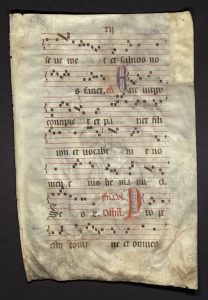
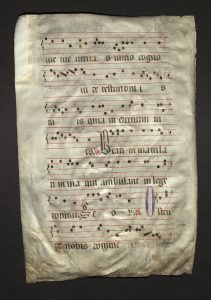

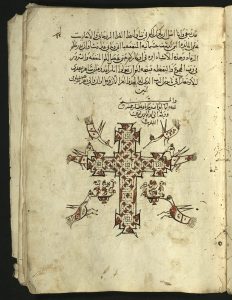
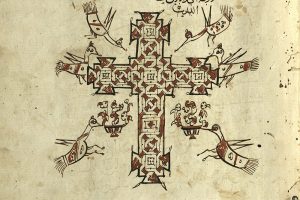
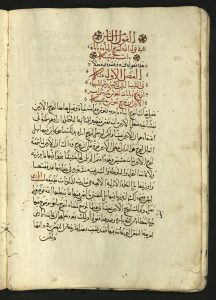
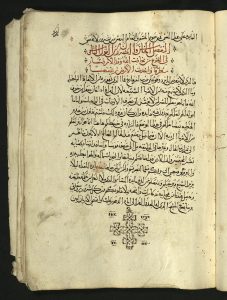
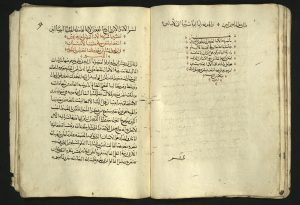

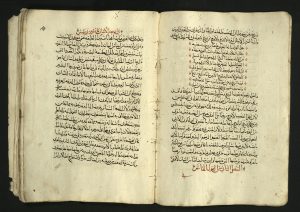



You must be logged in to post a comment.